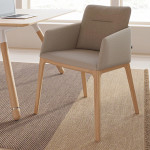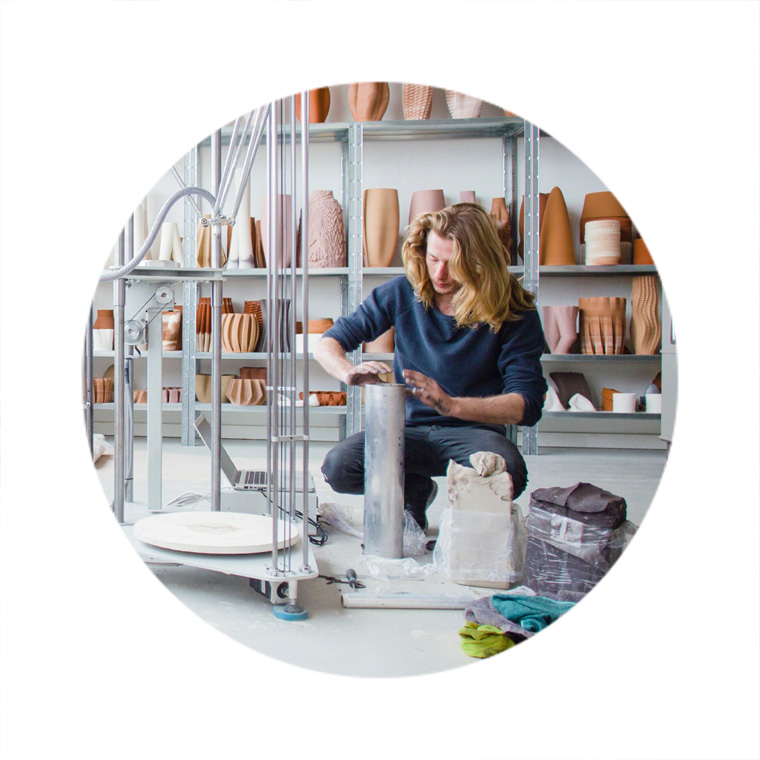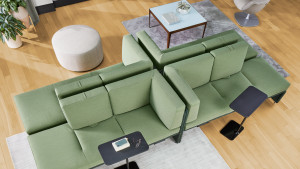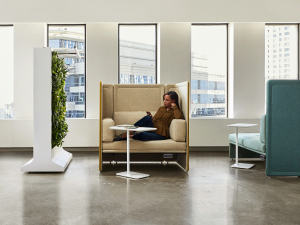Innovation and Technology: The Tools of Craft

This is the fourth in a series of blog posts devoted to exploring a new view of craft, in connection with the release of our Point of View essay “Create — The Culture of Modern Craft.” Last week we looked at Curiosity and Knowledge: The Spark of Craft, while the week before we explored Beauty and Material: The Ingredients of Craft.
This week’s focus is the third enduring set of traits found in any good example of craft: the tools of innovation and technology.
In Coalesse’s view, craft is always modern — in whatever era it’s pursued. It’s not something that belongs strictly to the past, something associated only with nostalgia or tradition or Old World techniques.
Rather, craft arises from the ingenuity and innovation of the time. In any age, craftspeople look for the best tools and technologies to achieve their vision, often pushing the boundaries of what the available tools can do.
Today’s technologies look different from those of a generation or two ago, but the creative and production processes that rely on them require the same high degree of craftsmanship.
Let’s compare today’s furniture-making tools with those of the last century by looking at a pair of acclaimed chairs from the Coalesse seating collection — the Wishbone Chair CH24, designed in 1949, and the LessThanFive Chair, launched in 2016.
Both chairs are award-winning objects of beauty, crafted with pride — and both reflect their creators’ embrace of innovation and technology.
CARL HANSEN & SON WISHBONE CHAIR CH24
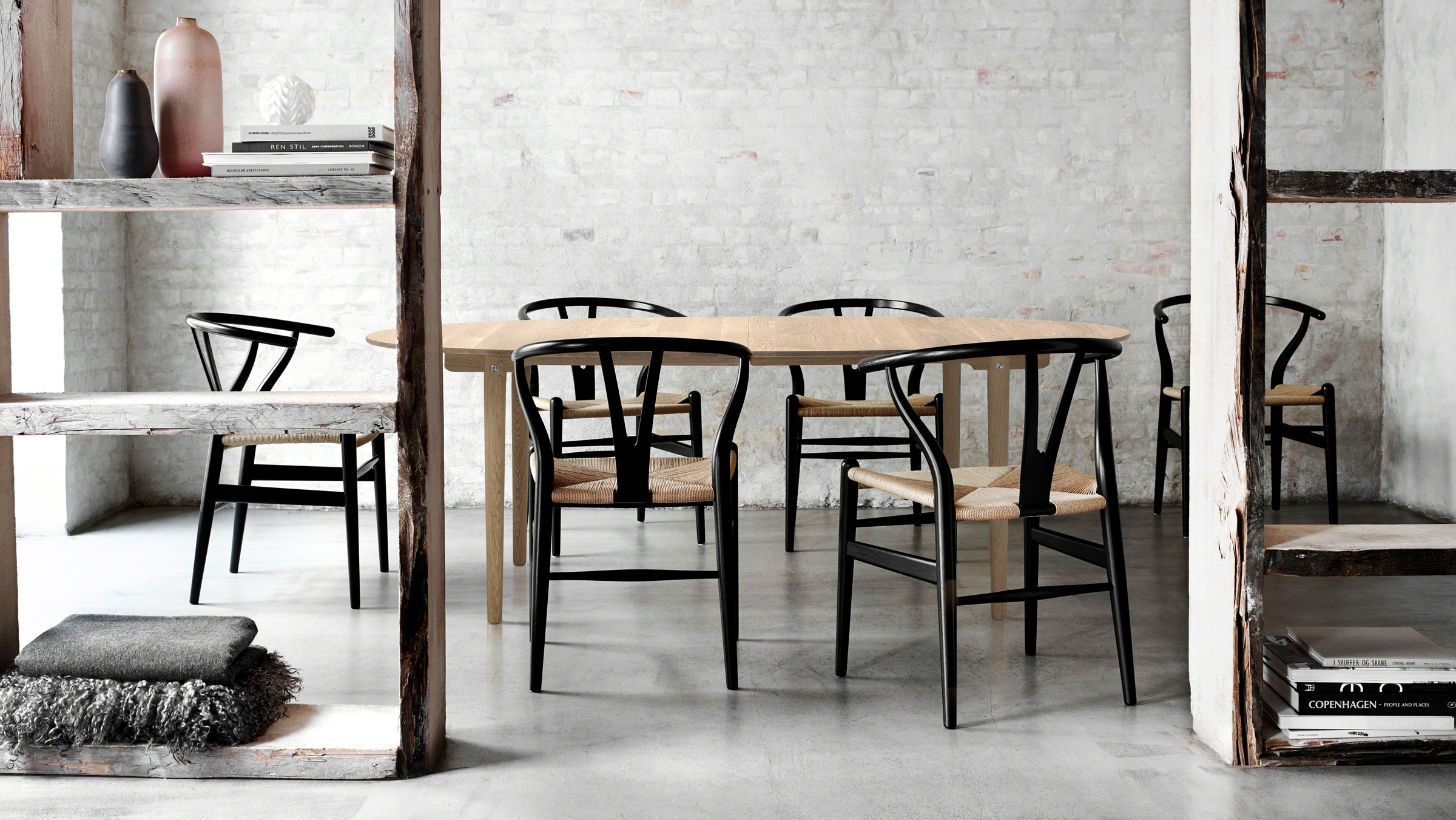
The CH24 chair, widely known as the Wishbone Chair, is the creation of Hans J. Wegner, a master of 20th-century Danish modernism.
Wegner designed this winsome sidechair in 1949, a time of new ideas in the post-war period. Among the innovations this chair incorporated was the use of an intricately handwoven papercord seat — something that became a signature element in several of Wegner’s chair designs.
The chair’s production process involves more than 100 steps carried out by hand. First produced nearly 70 years ago, this iconic piece with steam-bent frame has been in continuous production ever since.
For a glimpse of the painstaking production process, watch the Wishbone Chair video.
LESSTHANFIVE CHAIR
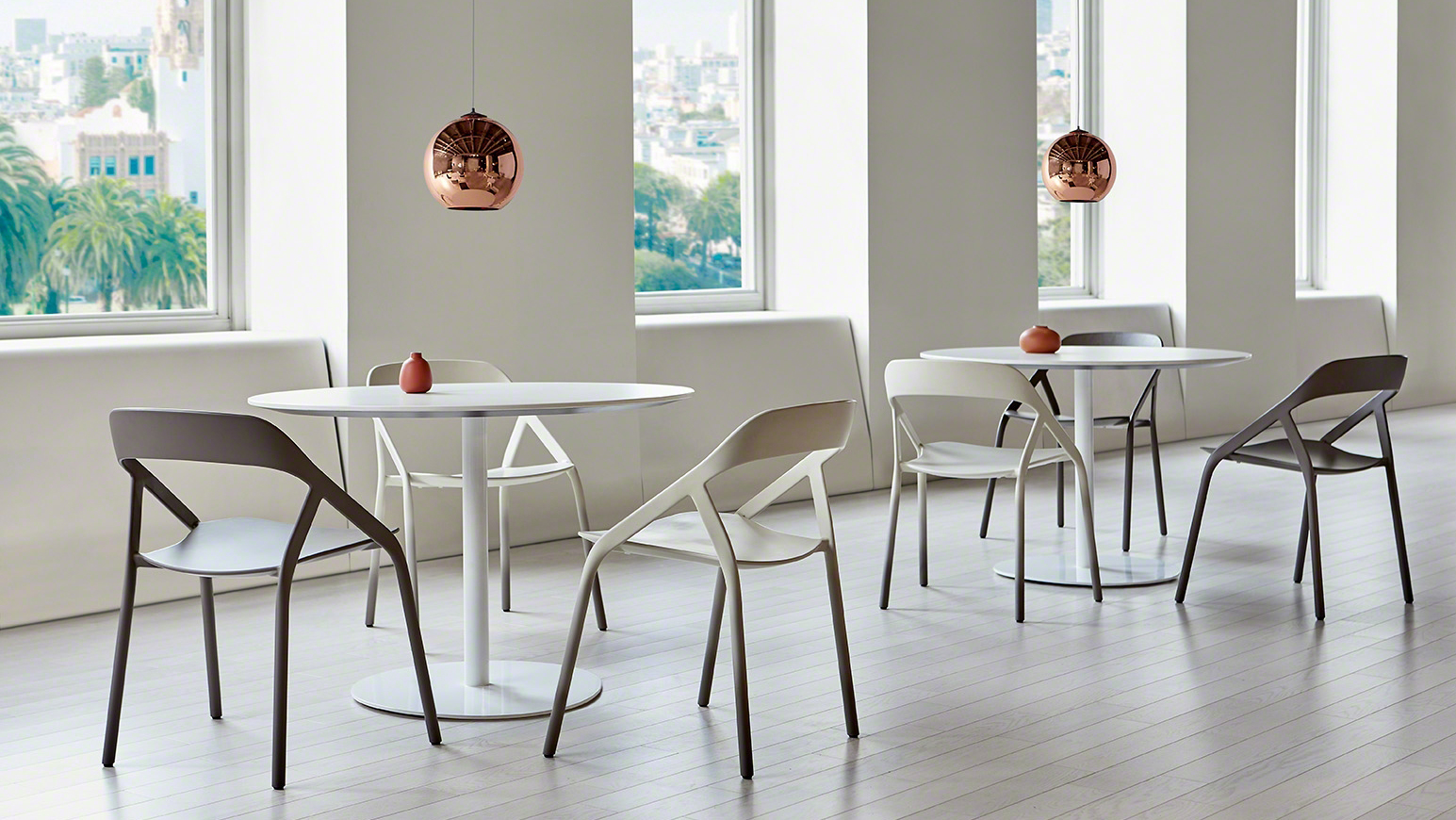
Jumping ahead from the mid-20th century to the present, we see an abundance of new materials on the scene, opening new possibilities in furniture design.
Carbon fiber innovations in the aerospace industry inspired this challenge for Coalesse: Can we produce a 100-percent carbon fiber chair that’s lightweight, affordable, stackable and visually delightful, yet strong enough to meet all healthcare and contract furniture standards?
Partnering with the acclaimed British industrial designer Michael Young, we experimented, tested and pushed the limits of this high-performance material until we created a solution that met all our goals.
The LessThanFive Chair, named for its below-five-pound weight, is a modern marriage of handwork and high-tech. Introduced to the market two years ago, this chair requires a deep knowledge of carbon fiber’s complex material properties and precise hands-on work by trained craftspersons.
Watch this “making of the LessThanFive Chair” video for a behind-the-scenes look at the production process.
MODERN CRAFT
Compared with the Wishbone Chair, LessThanFive’s design relies more heavily on engineering and technical innovations, but the levels of skill and attention to detail needed to execute the two chairs’ designs are arguably equivalent.
Both pieces are a pure reflection of the maker culture that exists in every age.
Read more about innovation and technology — the tools of craft — in our point of view essay “Create — The Culture of Modern Craft.”

